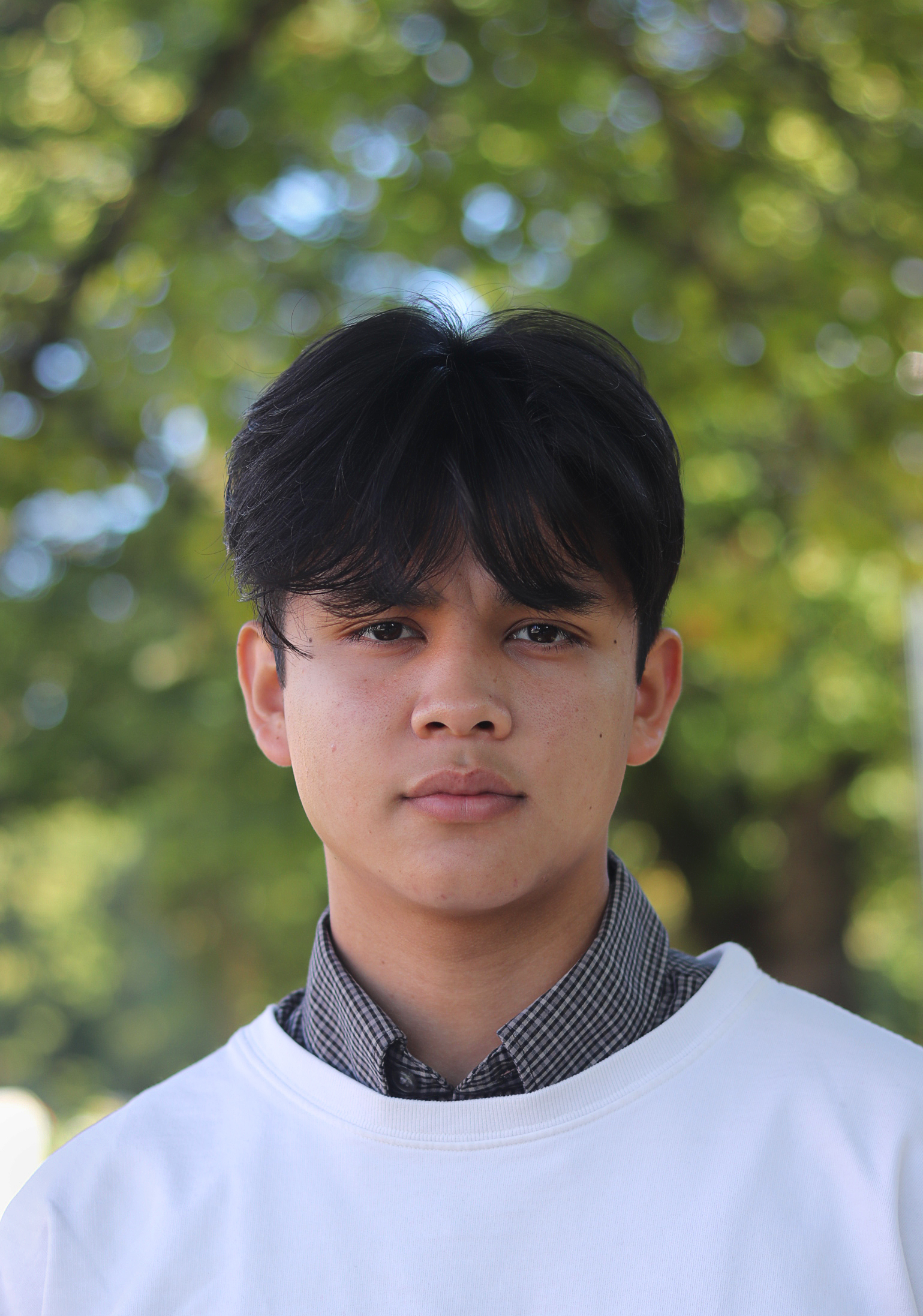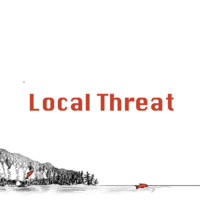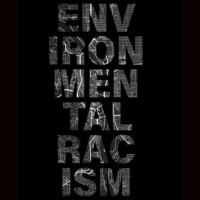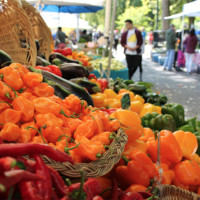
Rain batters windows, palm trees topple over one another like dominoes and 190-mile-per-hour winds tear roofs off homes, hurling aluminum fishing boats into the air. In the winter of 2018, the worst storm to hit U.S. soil since 1953 swept through and devastated my home, Saipan, a small island in the Pacific.
The two-week-long storm, Super Typhoon Yutu, ranged from South Korea to the Philippines to the Northern Mariana Islands, the group of islands that includes Saipan. According to The Atlantic, Yutu reached its peak severity in the Mariana Islands. The islands were rendered without electricity for months.
Among the people affected were my maternal grandparents. They own a farm in Saipan, and the destruction to both their home and land was profound. Their crops were utterly destroyed and are still struggling to recover. The city’s water system was ruined; my grandparents were forced to rely on rainwater catchment for drinking and showering. My mom went back for about a month to help clean up, and said life after the storm was “primitive.”
My grandma on my dad’s side lives closer to sea level in Saipan and was hit harder by the storm. I remember eating fried parrotfish in her kitchen when I was 4 years old; that same kitchen is now rubble and ash.
Unfortunately, typhoons are not uncommon in the Pacific Islands. Only two years prior, Typhoon Soudelor hit Saipan and caused similar damage. But what stands out is the strength and frequency of the typhoons. Tropical storms have consistently increased in wind speed and pressure, with the 10 strongest storms in the Pacific occurring within the last decade.
The islands are experiencing some of the most immediate effects of climate change. Aside from storms, their primary concern is the rate of rising sea levels, a dangerous issue across the Pacific. Micronesia is the most affected group of islands and is experiencing a rise in sea levels that is nearly four times faster than anywhere else on Earth. According to Reader’s Digest, Micronesia is among the highly populated island chains that will disappear by the turn of the century, swallowed whole by the ocean—the very thing that gave us life.
To say the future of the Pacific Islands is bleak is a gross understatement. Despite the drastic changes the islands have experienced, they have been ignored in the climate change conversation. When I look at the media or curriculum, the islands—along with my culture and identity—have been forgotten. But getting left behind is nothing more than a continuation of history.
The most visually recognizable changes due to rising sea levels occur at atolls—ring-shaped reefs, islands and island chains made of coral. Bikini Atoll, located in the Marshall Islands, is dealing with severe recessions of shoreline in the past decade. Aside from the islands nearly being erased due to sea level rise, the Marshallese Government is also concerned about the catastrophic chain of events that will soon take place.
During the early days of the Cold War, the U.S. conducted nuclear bomb tests in Bikini Atoll. In the aftermath of testing, a concrete dome was constructed on the atoll to house the thousands of cubic meters of radioactive waste. The dome—originally built as a temporary solution—is now cracking, nearly 40 years after its completion. It is only a matter of time before the waste unleashes into the surrounding coral ecosystem.
The U.S. continued to use Bikini Atoll as a testing ground for over a decade, even though they understood the detrimental impacts the tests would leave on the ecosystem and its inhabitants. The consequences of the actions of the U.S. are now arising; the Marshallese people are living with these ramifications, and those responsible remain unaffected and indifferent.
Just as the U.S. has left behind the Marshall Islands, the world has left behind the islands in the Pacific. The global population is to blame for climate change, yet the Pacific Islands are experiencing disproportionately harsh consequences.
The rising sea is such a threat that the relocation of their hundreds of thousands of citizens is no longer a last resort—it is a necessary action. Choiseul, the capital of the Solomon Islands, sits at a dangerous six feet above sea level. Due to the rate of sea level rising, at eight millimeters per year, the construction of new homes for the residents has already begun.
The climate crisis is here. The storms endured by the islands, the disappearing shores and the evacuation of cities are reminders of the immediacy of this issue.
Back home, my family cleaned and rebuilt for months after Yutu, trying to return to normalcy. But the fact of the matter is that climate change is now the norm. In the years to come, it will only continue to worsen.
Mainstream media and curriculum may ignore the millions of people that call the islands home, but we must be proactive and educate ourselves. It is time to act before it is too late; we need to be aware of individual impacts and conscious of the people affected. Schools must incorporate these messages into curriculum and conversations, and preventative action needs to be taken to benefit those people and their homes. After all, the state of our climate is the result of our doing and thus our responsibility. It is important to remember the islands, as they may soon be lost forever.




